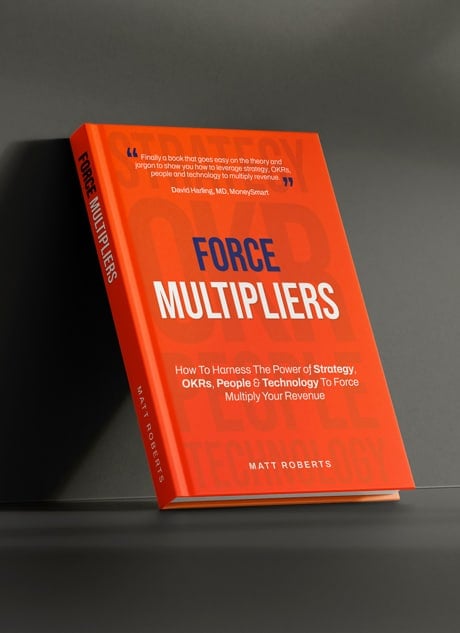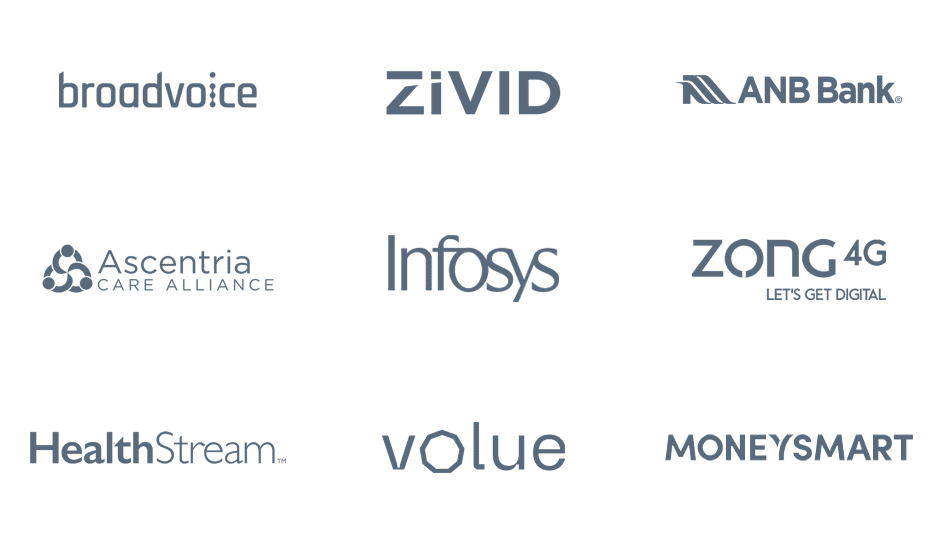© ZOKRI 2024 All rights reserved | Privacy Policy | Terms & Conditions | GDPR
We know how to make good companies great
We Help Leaders
Create & Achieve
Goals That Create Advantage
We are on a mission to help leaders and their teams meet the challenges being faced by CEO’s in 2024 and beyond.
The launchpad is a great strategy and the ability to use frameworks like OKRs correctly. The rocket fuel is ensuring the goals / OKRs you set are the right ones for the business and the teams executing them. Addressing the challenges faced and seizing the opportunities that to have been identified.
What We Do
Align strategy, goals, people, culture and keep everyone focused, engaged and happy to be on your mission.
Strategy & OKR
Training & Mentoring
Strategy & OKR
Management System
Embed Healthy, Habits &
Rituals That Drive Growth
The Foundation Of Every Transformation
The path to growing revenue and profit varies based on where you are starting from, the resources you have available and the goal that needs to be achieved.
Have A Strategy
That Creates Advanatge
Have a plan that you and your team believe will work.
Why?
- Growth can be unpredictable if you don't have a good strategy
- Without a strategy you stay tactical and it's draining
- Strategies direct everyone, aligning focus and effort
- Strategy stops you being spread too thinly
- Strategy give you a competitive advantage
Set & Achieve
The Right Goals
Learn to use OKRs to set goals that drive better results.
Why?
- OKRs are the best goal framework for executing strategy
- OKR pinpoint what needs to be achieved by when
- OKR unify and align everyone around comon goals
- OKRs can prevent conflicts of resource and time
- OKRs, used well, deliver change and advanatge
A Talented Team You Can Turn On Today
To Make An Impact Tomorrow
The value we bring targets KPIs like Revenue, Profit, Revenue Per Employee. If there’s a way we can link our value with your success then we’re delighted to discuss that with you. We want to be as interested in whether your strategy is working, and OKRs are being achieved, as you are.
Of course there can be hybrid models that are value and time based as well. Ultimately, we will work with you to ensure that we sell in a way that you want to buy.
- Hybrid project and results based billing models
- Agile fractional expert teams provide wide range of insight
- Can support across the org. chart where needed
- Proactive services that are comitted to your goals
- Bring urgency as well as capability
- Respect, kindness and humilty a given
Somebody taught me a long time ago a very valuable lesson. Which is, if you do the right things on the top line, the bottom line will follow. What they meant by that, if you get the right strategy, if you have the right people, and if you have the right culture in your company, you’ll do the right products, you’ll do the right marketing, you’ll do the right things logistically, in manufacturing and distribution. And if you do all those things right, the bottom line will follow."
Steve Jobs

Want a FREE PDF copy for your whole team? If you would your whole management team to get a free PDF copy please contact us.
Force Multipliers
How to harness the power of strategy, OKRs, people and technology to force multiply your revenue.
- Learn To Pinpoint What Customers Value
- Follow A Tried & Tested Process To Develop Winning Strategy
- Discover How To Use OKRs To Deliver Your Strategy
- Easily Navigate Strategic & BAU Conflicts Of Interest
- Create Values & Guiding Principles That Accelerate Progress
- Get The Right People In The Right Roles & Lose The Bad Apples
- Integrate A Technological Evolution Into Your Winning Plan
YOU ARE IN GOOD COMPANY
Trusted by 3000+ awesome companies
Join the ranks of high-performing companies successfully navigating their growth journey using our software.

